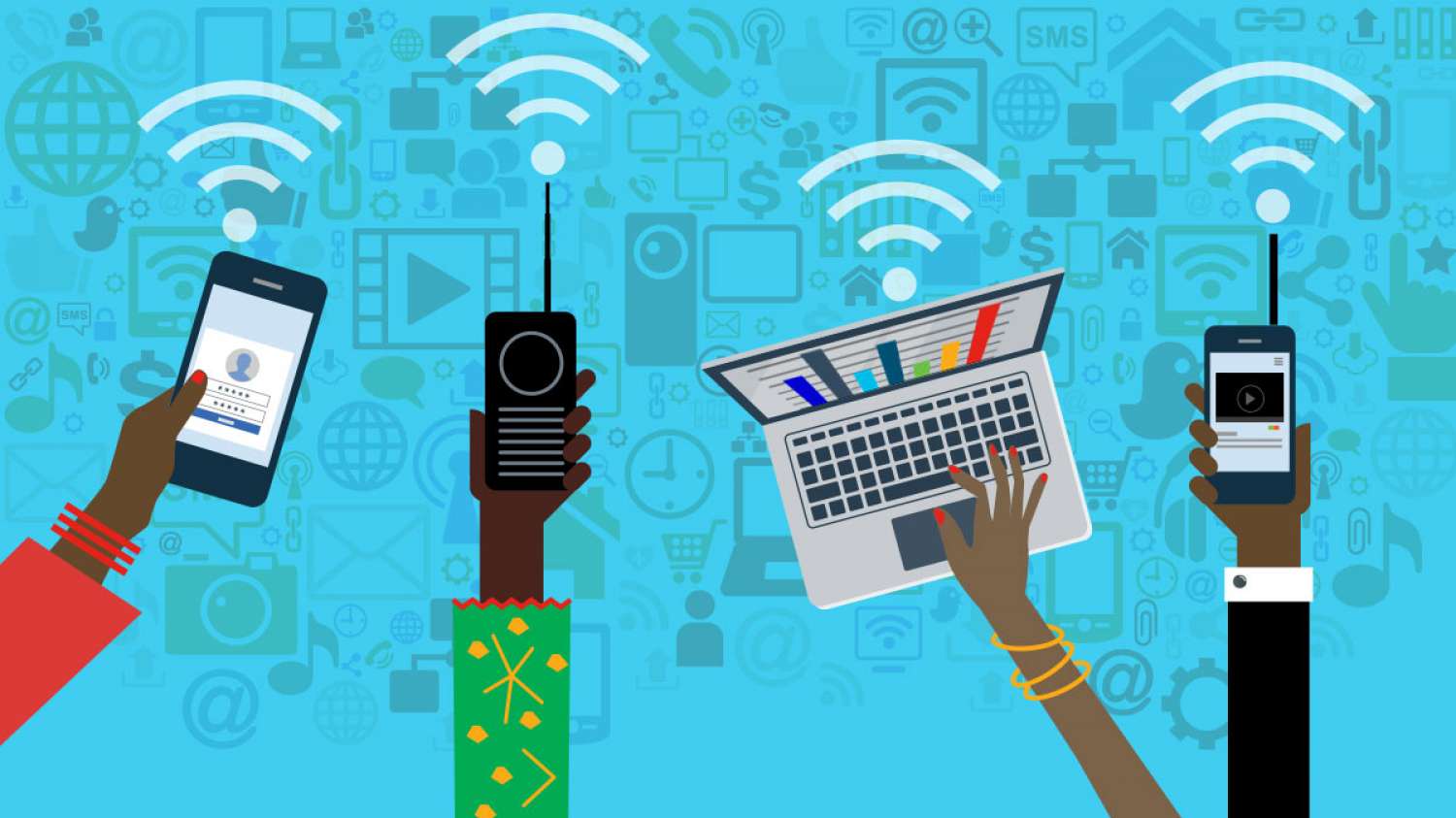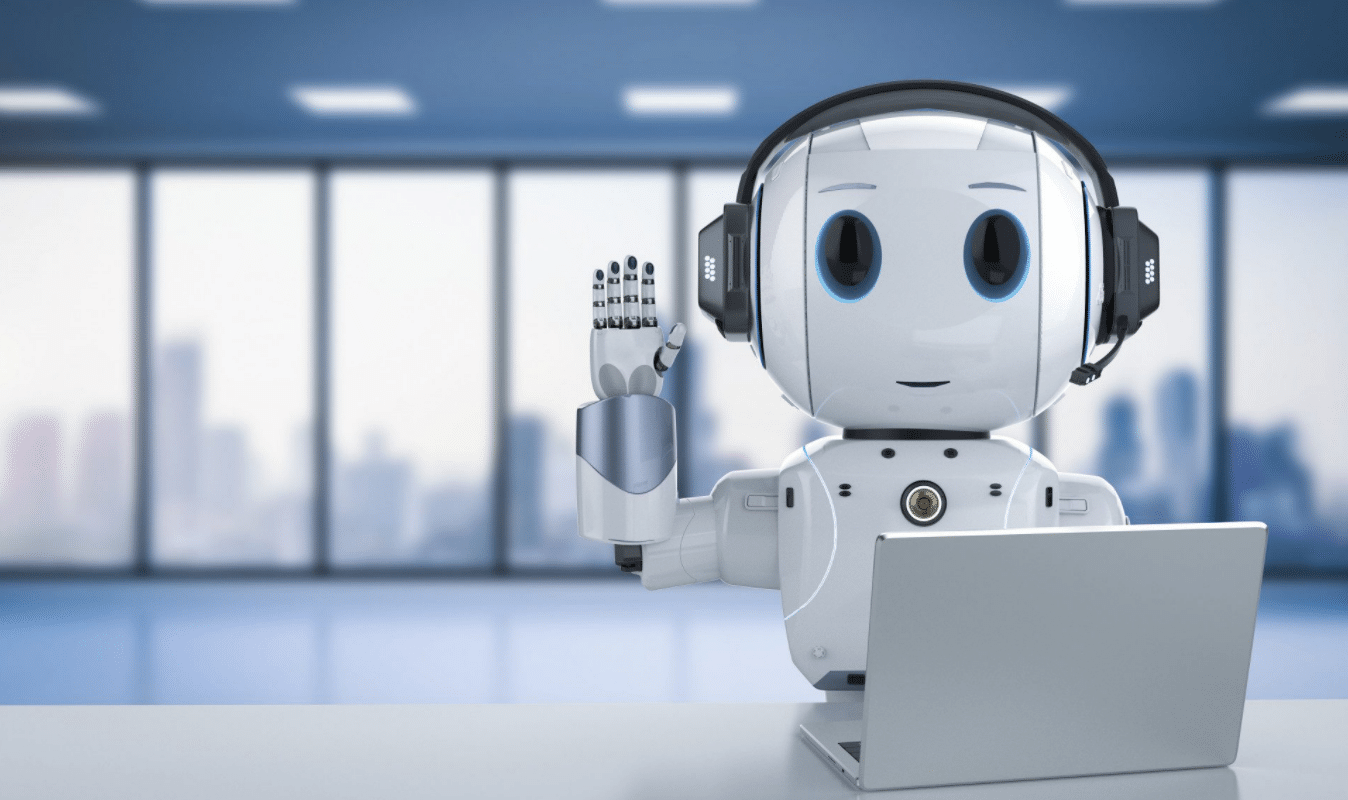The Dawn Beyond Currency (Part 1) (novel)
The Dawn Beyond Currency (Part 2) (novel)
The Great Subcontinent Uprising (Part 1) (novel)
The Great Subcontinent Uprising (Part 2) (novel)
The Great Subcontinent Uprising (novel)
The Banyan Revolt (novel)
Gen Z Kranti (novel)
The Protocol of Greatness (novel)
Madhya York: The Merchant and the Mystic (novel)
The Garden Of Last Debates (novel)
The Drum Report: Markets, Tariffs, and the Man in the Basement (novel)
Trump’s Default: The Mist Of Empire (novel)
Deported (novel)
Empty Country (novel)
Poetry Thursdays (novel)
Checked my spam folder last night pic.twitter.com/qnqWrWuW4w
— Shaun Maguire (@shaunmmaguire) December 10, 2025
:) I will pass.
— Paramendra Kumar Bhagat (@paramendra) December 10, 2025
Gov can't even send email right! :) #DMV
— Paramendra Kumar Bhagat (@paramendra) December 10, 2025
How many people have to mark White House email as spam for this to happen lol
— Anurag Ramdasan (@anuragwho) December 10, 2025
lol, Have the White house contact me to set up a unique IP for email deliverability.
— Lucas Answers 🇺🇸 (@lucasanswers) December 10, 2025
FanDuel sold for $465M in 2018.
— George Pu (@TheGeorgePu) December 10, 2025
Founders got $0.
Zero.
- 10 years of 80-hour weeks.
- Raised hundreds of millions.
- Built a billion-dollar business.
Liquidation preferences ate everything.
Meanwhile, a FAANG principal engineer over that decade:
$8-10M in total comp.…
The Dawn Beyond Currency (Part 1) (novel)
The Dawn Beyond Currency (Part 2) (novel)
The Great Subcontinent Uprising (Part 1) (novel)
The Great Subcontinent Uprising (Part 2) (novel)
The Great Subcontinent Uprising (novel)
The Banyan Revolt (novel)
Gen Z Kranti (novel)
The Protocol of Greatness (novel)
Madhya York: The Merchant and the Mystic (novel)
The Garden Of Last Debates (novel)
The Drum Report: Markets, Tariffs, and the Man in the Basement (novel)
Trump’s Default: The Mist Of Empire (novel)
Deported (novel)
Empty Country (novel)
Poetry Thursdays (novel)
The real story here isn’t the Stripe rejection.
— Aakash Gupta (@aakashg0) December 10, 2025
It’s that Zhang built a $1.2 million coffee shop problem into an $8 billion company by being constitutionally incapable of playing it safe.
Lucy Liu met Zhang once at his Melbourne cafe in 2015. By the end of dinner she offered $2… https://t.co/LmSUfuA7yL
Cheeseburgers are genius 💯 https://t.co/wyLc747Z6o
— Elon Musk (@elonmusk) December 10, 2025
If you want proof of what a good deal YC is for founders, I just told a UK startup I've invested several million pounds in that I'd be happy if they wanted to do YC. I'd get diluted alongside them, but I know we'd all be net ahead.
— Paul Graham (@paulg) December 10, 2025
graveyards are full of men who thought they had more time
— Founders Inc (@fdotinc) December 10, 2025
build b2b saas
🛰️ The Celestial Industrial Revolution: Space Computing and Manufacturing https://t.co/lnKdG3ucdd
— Paramendra Kumar Bhagat (@paramendra) December 10, 2025
The Dawn Beyond Currency (Part 1) (novel)
The Dawn Beyond Currency (Part 2) (novel)
The Great Subcontinent Uprising (Part 1) (novel)
The Great Subcontinent Uprising (Part 2) (novel)
The Great Subcontinent Uprising (novel)
The Banyan Revolt (novel)
Gen Z Kranti (novel)
The Protocol of Greatness (novel)
Madhya York: The Merchant and the Mystic (novel)
The Garden Of Last Debates (novel)
The Drum Report: Markets, Tariffs, and the Man in the Basement (novel)
Trump’s Default: The Mist Of Empire (novel)
Deported (novel)
Empty Country (novel)
Poetry Thursdays (novel)
This is one of the cleverest stories in startups. For years we'd been worrying about how to finance the airliner. Then Boom realized that if they could build jet engines, they could build gas turbines, and fund the airliner with the profits. https://t.co/uBQJU70FAN
— Paul Graham (@paulg) December 9, 2025
Why is no one talking about Google pulling off one of the greatest trades of all time?
— Jarsy (@JarsyInc) December 8, 2025
Ten years ago, they invested ~$900M into SpaceX.
It's now worth ~$50 billion after SpaceX's latest secondary sale.
That's a 56x return.
Returns aside, that early bet loops back into one of… pic.twitter.com/jyta7qaLtu
In January 2015, Google and Fidelity wrote a combined $1 billion check for roughly 10% of SpaceX. The company was valued at $12 billion. Google’s portion: approximately $900 million for 7.4%.
— Aakash Gupta (@aakashg0) December 10, 2025
At the time, SpaceX had just successfully landed a Falcon 9 first stage for the first… https://t.co/yIQOW3Yu3y
The Dawn Beyond Currency (Part 1) (novel)
The Dawn Beyond Currency (Part 2) (novel)
The Great Subcontinent Uprising (Part 1) (novel)
The Great Subcontinent Uprising (Part 2) (novel)
The Great Subcontinent Uprising (novel)
The Banyan Revolt (novel)
Gen Z Kranti (novel)
The Protocol of Greatness (novel)
Madhya York: The Merchant and the Mystic (novel)
The Garden Of Last Debates (novel)
The Drum Report: Markets, Tariffs, and the Man in the Basement (novel)
Trump’s Default: The Mist Of Empire (novel)
Deported (novel)
Empty Country (novel)
Poetry Thursdays (novel)
SimpleDirect monthly burn: $18K
— George Pu (@TheGeorgePu) December 10, 2025
Team: $12K
Tools: $2K
Everything else: $4K
Revenue: $32K
Margin: $14K
That's the reality of 'profitable bootstrapped startup.'
Not glamorous.
Not exit money.
But I control everything.
VCs would call this 'lifestyle business.'
I call it…
Some founders I’ve enjoyed following recently. Just good takes and/or building cool stuff
— Hank Couture (@HankCouture) December 10, 2025
- @justinmateen - tinder
- @marty_kausas - pylon
- @DhravyaShah - supermemory
- @marvinvonhagen - poke
- @eddybuild - build
- @nicoaferr - default
- @janaksunil - bear
- @ZarifAzher - nexa
Good questions https://t.co/V6DFw17SyL
— Elon Musk (@elonmusk) December 10, 2025
The Dawn Beyond Currency (Part 1) (novel)
The Dawn Beyond Currency (Part 2) (novel)
The Great Subcontinent Uprising (Part 1) (novel)
The Great Subcontinent Uprising (Part 2) (novel)
The Great Subcontinent Uprising (novel)
The Banyan Revolt (novel)
Gen Z Kranti (novel)
The Protocol of Greatness (novel)
Madhya York: The Merchant and the Mystic (novel)
The Garden Of Last Debates (novel)
The Drum Report: Markets, Tariffs, and the Man in the Basement (novel)
Trump’s Default: The Mist Of Empire (novel)
Deported (novel)
Empty Country (novel)
Poetry Thursdays (novel)
Such an enjoyable interview. You can tell both are comfortable and having fun. Great questions by Katie. Worth the watch. https://t.co/rr3FhJmAT0
— S.E. Robinson, Jr. (@SERobinsonJr) December 10, 2025
How do you do the time stamps?
— Paramendra Kumar Bhagat (@paramendra) December 10, 2025
We had 1600 ads running during Black Friday Cyber Monday this year
— Brock Mammoser (@brock_mammoser) December 10, 2025
November ended around $19M in total for us
Honestly the biggest takeaway is realizing we are selling ourselves short and there’s more scale than I thought there could be
Can you solve it? pic.twitter.com/ervg3g9Zim
— Wisdom (@Wisdom_HQ) December 10, 2025
The Dawn Beyond Currency (Part 1) (novel)
The Dawn Beyond Currency (Part 2) (novel)
The Great Subcontinent Uprising (Part 1) (novel)
The Great Subcontinent Uprising (Part 2) (novel)
The Great Subcontinent Uprising (novel)
The Banyan Revolt (novel)
Gen Z Kranti (novel)
The Protocol of Greatness (novel)
Madhya York: The Merchant and the Mystic (novel)
The Garden Of Last Debates (novel)
The Drum Report: Markets, Tariffs, and the Man in the Basement (novel)
Trump’s Default: The Mist Of Empire (novel)
Deported (novel)
Empty Country (novel)
Poetry Thursdays (novel)
So excited for @Waymo coming to London in 2026!! https://t.co/LqEcqcMSEr
— Demis Hassabis (@demishassabis) December 10, 2025
It is built for Nepal, isn't it? https://t.co/hFgpMTKC4t
— Ambassador Chen Song (@PRCAmbNepal) December 10, 2025
Northwood has raised $100M Series B at $300M Series B led by a16z.
— Arfur Rock (@ArfurRock) December 10, 2025
This is just ~8 months from their $30M Series A.
Congrats! https://t.co/KvLdZYDxx0
At this point I’m convinced half of SF works for a16z.
— Clara Gold (@Clara_Gold) December 9, 2025
The Dawn Beyond Currency (Part 1) (novel)
The Dawn Beyond Currency (Part 2) (novel)
The Great Subcontinent Uprising (Part 1) (novel)
The Great Subcontinent Uprising (Part 2) (novel)
The Great Subcontinent Uprising (novel)
The Banyan Revolt (novel)
Gen Z Kranti (novel)
The Protocol of Greatness (novel)
Madhya York: The Merchant and the Mystic (novel)
The Garden Of Last Debates (novel)
The Drum Report: Markets, Tariffs, and the Man in the Basement (novel)
Trump’s Default: The Mist Of Empire (novel)
Deported (novel)
Empty Country (novel)
Poetry Thursdays (novel)
The Dawn Beyond Currency (Part 1) (novel)
The Dawn Beyond Currency (Part 2) (novel)
The Great Subcontinent Uprising (Part 1) (novel)
The Great Subcontinent Uprising (Part 2) (novel)
The Great Subcontinent Uprising (novel)
The Banyan Revolt (novel)
Gen Z Kranti (novel)
The Protocol of Greatness (novel)
Madhya York: The Merchant and the Mystic (novel)
The Garden Of Last Debates (novel)
The Drum Report: Markets, Tariffs, and the Man in the Basement (novel)
Trump’s Default: The Mist Of Empire (novel)
Deported (novel)
Empty Country (novel)
Poetry Thursdays (novel)
The Dawn Beyond Currency (Part 1) (novel)
The Dawn Beyond Currency (Part 2) (novel)
The Great Subcontinent Uprising (Part 1) (novel)
The Great Subcontinent Uprising (Part 2) (novel)
The Great Subcontinent Uprising (novel)
The Banyan Revolt (novel)
Gen Z Kranti (novel)
The Protocol of Greatness (novel)
Madhya York: The Merchant and the Mystic (novel)
The Garden Of Last Debates (novel)
The Drum Report: Markets, Tariffs, and the Man in the Basement (novel)
Trump’s Default: The Mist Of Empire (novel)
Deported (novel)
Empty Country (novel)
Poetry Thursdays (novel)







